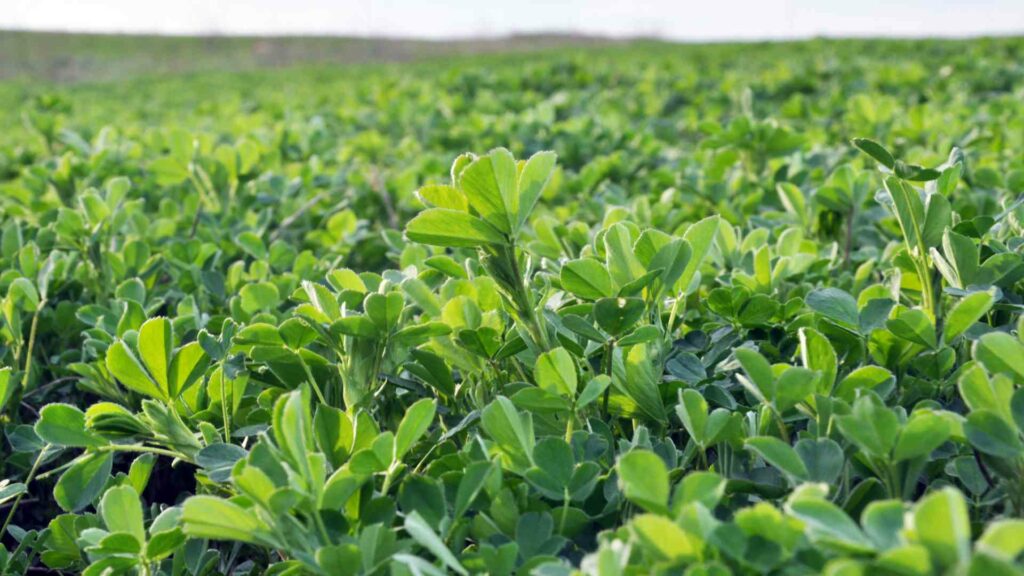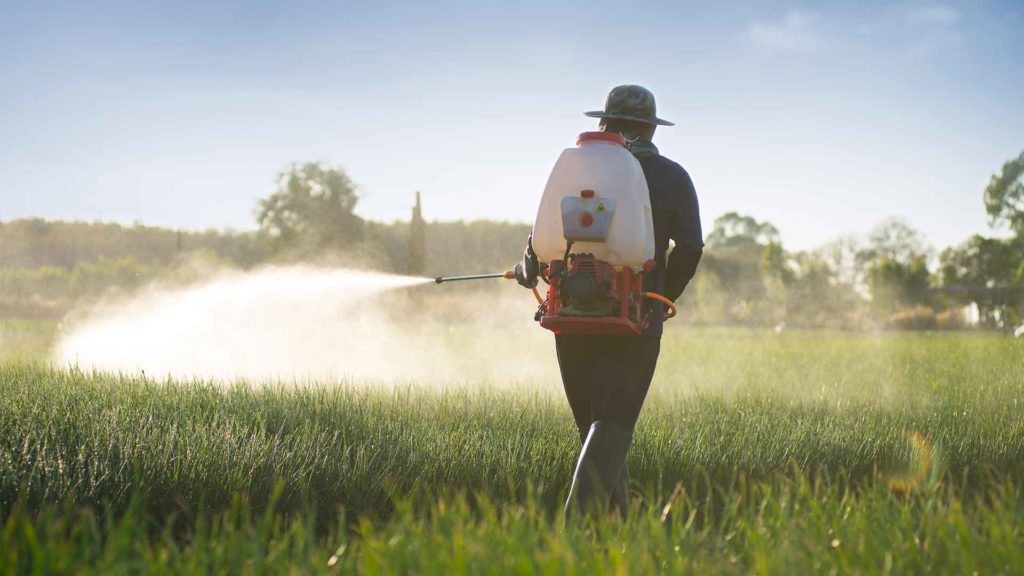
Every year, over 10 million people die of hunger and hunger-related diseases. Nearly six million of these are children under the age of five; that is, a child dies approximately every six seconds.
Understanding how this still occurs amid the ever-increasing social enlightenment of the 21st century and under the auspices of a vigilant global developmental community is one of the key challenges of our time.
The science of food security aims to address such concerns. By understanding the multiplicity of the phenomenon, practitioners of global multilateral hegemony seek to shape appropriate policies to address these issues.
What Is Food Security?
At the 1974 World Food Conference, the term “food security” was defined with an emphasis on supply; food security is defined as the “availability at all times of adequate, nourishing, diverse, balanced and moderate world food supplies of basic foodstuffs to sustain a steady expansion of food consumption and to offset fluctuations in production and prices”.
Household food security is considered to exist when all members, at all times, have access to enough food for active, healthy individuals who are food secure do not live in hunger or fear of starvation. Food insecurity, on the other hand, is defined by the United States Department of Agriculture (USDA) as a situation of “limited or uncertain availability of nutritionally adequate and safe foods or limited or uncertain ability to acquire acceptable foods in socially acceptable ways”.
Food Insecurity Across The Globe
The U.S. Department of Agriculture (USDA) defines food insecurity as a lack of consistent access to enough food for an active, healthy life It is important to know that though hunger and food insecurity are closely related, they are distinct concepts. Hunger refers to a personal, physical sensation of discomfort, while food insecurity refers to a lack of available financial resources for food at the household level.
Source: www.hungerandhealth.feedingamerica.org
America
Even before the pandemic hit, some 13.7 million households, or 10.5% of all U.S. households, experienced food insecurity at some point during 2019, according to data from the U.S. Department of Agriculture. That works out to more than 35 million Americans who were either unable to acquire enough food to meet their needs, or uncertain of where their next meal might come from, last year.
Source: www.npr.org
For about a third of these households, access to food was so limited that their eating patterns were disrupted and food intake was reduced. The rest were able to obtain enough food to avoid completely disrupting their eating patterns but had to cope by eating less varied diets or utilizing food assistance programs.
Afghanistan
In Afghanistan, about 35.5% of households are food insecure. The prevalence of underweight, stunting, and wasting in children under 5 years of age is also very high.
China
The persistence of wet markets has been described as “critical for ensuring urban food security”, particularly in Chinese cities.
Source: www.en.wikipedia.org
The influence of wet markets on urban food security includes food pricing and physical accessibility.
Mexico
Food insecurity has been an issue for Mexico throughout its history. Although food availability is not the issue, severe deficiencies in the accessibility of food contribute to the insecurity. Between 2003 and 2005, the total Mexican food supply was well above sufficient to meet the requirements of the Mexican population, averaging 3,270 kilocalories per daily capita, higher than the minimum requirements of 1,850 kilocalories per daily capita. However, at least 10 percent of the population in every Mexican state suffers from inadequate food access.
Singapore
In 2019, Singapore managed to produce only 13% of leafy vegetables, 24% of its eggs, and 9% of its fish. In 1965, it was still able to produce 60% of its vegetable demand, 80% of its poultry, and 100% of its eggs. In 2019, it announced it launched the “30 by 30” program, which aims to drastically reduce its food insecurity through hydroponic farms and aquaculture farms.
Analyzing Food Security
Some food programs, such as the Food and Nutrition Technical Assistance (FANTA) unit of the U.S. Agency for International Development (USAID), have defined Food Security as Food availability or the production and/or markets that deliver sufficient amounts of food.
Availability of sufficient food is a necessary condition for food security, and much policy thinking focuses solely on the question of availability. But as Nobel prizewinner Amartya Sen eloquently states in his classic Poverty and Famines, the availability of enough food in the aggregate is not sufficient for food security. Most of the serious famines documented in his work from the Great Bengal famine of 1941 to the Sahelian famines of the 1970s occurred when sufficient food was available.
Analysis based solely on food availability frequently resulted in policies that exacerbated the problem such as the refusal by the colonial authorities in Bengal to allow food imports.
Source: www.blogs.worldbank.org
WHAT IS BLOCKING ACCESS TO FOOD?
There are many reasons why people may not have access to food, even when enough is available in the aggregate.
Market Economy Variables
One of the most fundamental is that there is no guarantee that a market economy will generate a distribution of income that provides enough income for all to purchase the food they need. Thus, the World Bank’s central poverty reduction mission is critical to achieving food security for all.
Distribution and Pricing
Some people and places, especially those with low income, may face greater barriers in accessing healthy and affordable food retailers, which may negatively affect diet and food security. These include such factors as travel time to shopping, availability of healthy foods, and food prices – relative to the access to transportation and socioeconomic resources of food buyers.
Producer Constraints
Food access among growers of food, whether full-time farmers or part-time farmers (including many smallholders), is influenced through the ability of e.g. farmers to produce and store enough food to complement purchased food or food themselves entirely, referred to as self-provisioning capacity. For instance, food security is under threat due to stagnant yields of one of the world’s main staple food crops, rice.
Rice is an important grain with about 50% of the world’s population depending on it as their staple food, particularly in fast-growing and population-dense regions of the world.
Rice provides 21% of the energy and 15% of the protein requirements of human populations globally. The prevalent rice production systems are lowland (puddled-transplanted) and upland rice (grown under rain-fed conditions without standing water).
While some rice is grown in various developed countries, it is more significant in low-income and low–middle-income countries, where it accounts for 19% of the total cropped area.
How Boron Can Help
Boron (B), a nonmetal micronutrient, is essential for the normal growth and development of plants, including rice; its essentiality was first reported in 1933 Boron deficiency affects the yield of 132 crops in at least 80 countries.
Insufficient levels of available B in soils reduce crop yield, impair grain quality, and increase the susceptibility of crops to diseases. However, B requirements vary among plant species and depend on factors such as soil type (calcareousness/alkalinity), soil moisture, pH, B concentration, soil organic matter, and plant species.
Boron deficiency has been reported in rice-growing soils, where it causes substantial yield losses. About 35% of the 2.6 million ha rice area in Pakistan (i.e., 0.91 million ha) suffers from B deficiency; both fine-grain Basmati and IRRI-type coarse-grain cultivars are adversely affected by a boron deficiency.
A Shortlist of Measures To Promote Food Security
- Education and literacy
- Crop diversification
- Tackling climate change
- Integrated water management
- Integrated nutrient management
- Improved varieties
- Improved technology adoption
- Awareness of population growth
- Focus on small farmers
- Agricultural research education





